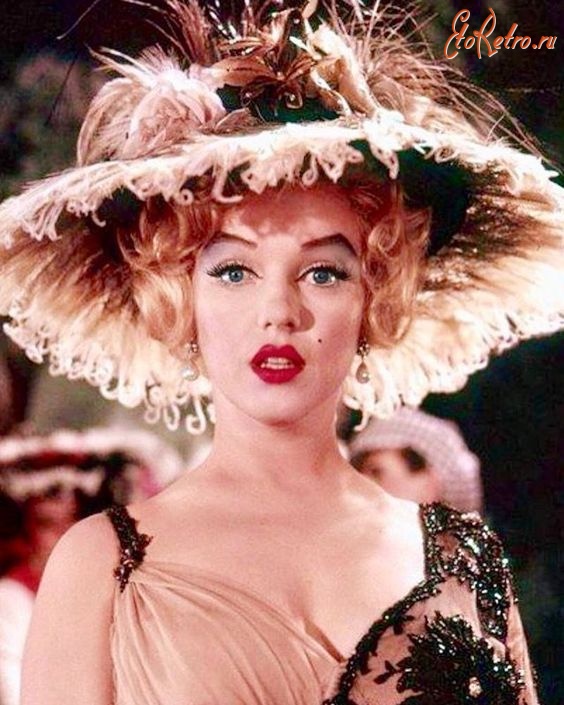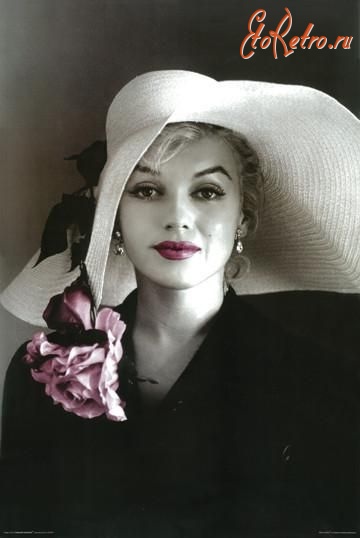Marilyn Monroe, born Norma Jeane Mortenson in 1926, remains one of the most enduring and enigmatic figures in the history of Hollywood. Her rise from a fractured, uncertain childhood to the pinnacle of global stardom is a story steeped in transformation, resilience, and ultimately, tragedy.

Growing up in Los Angeles, Monroe faced a turbulent upbringing. Her mother suffered from mental illness, and Monroe spent much of her youth in foster homes and orphanages. These early experiences of instability and neglect shaped a vulnerability that would remain with her throughout her life. Yet amid this adversity, she found a glimmer of escape through modeling, where her ethereal beauty and magnetic presence caught the eye of talent scouts in the 1940s.

Signed by 20th Century Fox, Monroe quickly began her ascent. With her signature platinum hair, disarming smile, and sultry voice, she became the epitome of the “blonde bombshell”—a persona that would define an era. Films like Gentlemen Prefer Blondes (1953), The Seven Year Itch (1955), and Some Like It Hot (1959) turned her into a household name and international sex symbol. But Monroe was far more than the roles she was handed; she yearned to be recognized as a serious actress.

Determined to break free from the confines of her image, Monroe joined the Actors Studio in New York, studying under Lee Strasberg and embracing the challenges of more emotionally demanding roles. Her performances in Bus Stop (1956) and The Misfits (1961) revealed a depth and fragility that critics had long overlooked, proving that her talents extended far beyond physical allure.
Despite professional success, Monroe’s personal life was fraught with heartbreak and turmoil. Her marriages to Joe DiMaggio and Arthur Miller drew intense media scrutiny and were ultimately short-lived. She grappled with anxiety, depression, and the crushing weight of fame in an industry that often objectified and misunderstood her.

Monroe’s untimely death in 1962 at the age of 36 shocked the world. Officially ruled a drug overdose, the circumstances surrounding her passing have since sparked endless speculation and fueled conspiracy theories, further mythologizing her life and legacy.
Yet what has kept Marilyn Monroe’s memory alive is not just the mystery—it’s the humanity. Behind the glamour was a woman who yearned to be loved, respected, and understood. She remains a symbol of beauty, yes, but also of complexity, contradiction, and quiet strength.

More than sixty years after her death, Monroe continues to captivate and inspire. Her image still adorns posters, fashion editorials, and film retrospectives. But perhaps what endures most is not her image—but her story: that of a woman who lived, dreamed, suffered, and dazzled, all under the harsh lights of Hollywood.
In remembering Marilyn Monroe, we see not just a star, but a soul—brilliant, troubled, unforgettable.